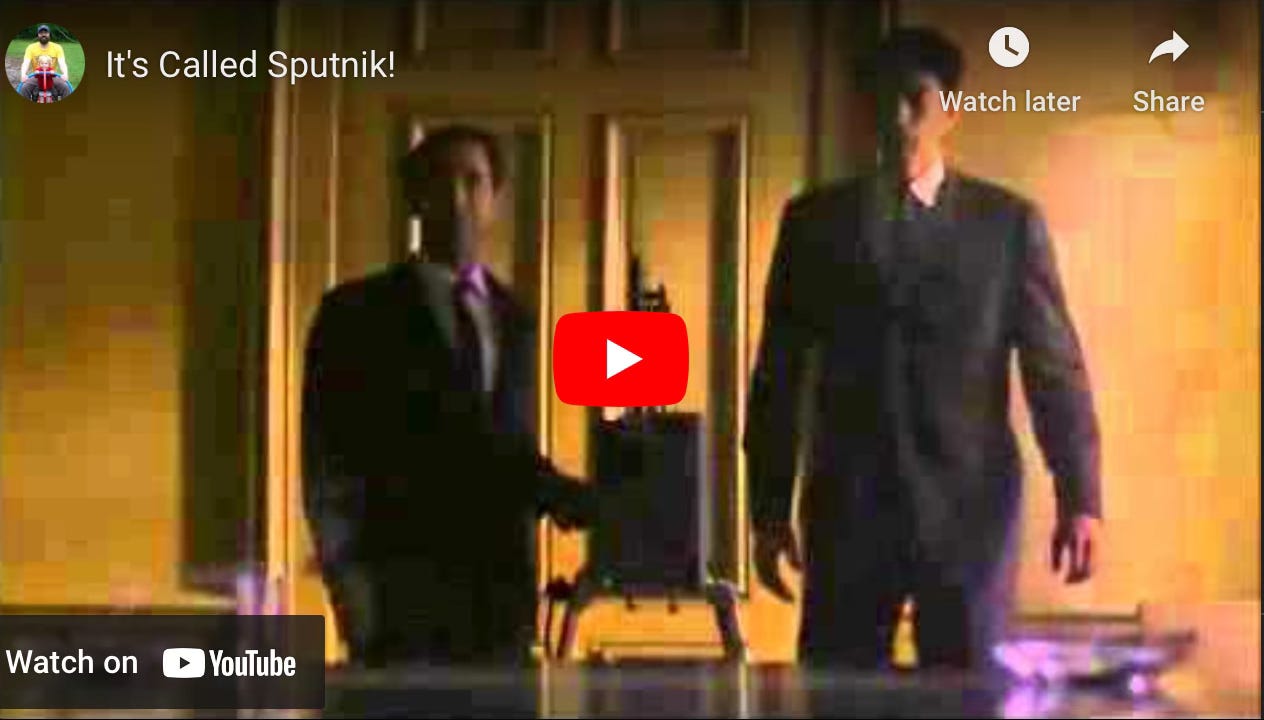For Starters #12: On Competition
Publicly available information is a trailing, non-controversial, indicator.
“We look at the present through a rear view mirror. We march backwards into the future.” ―Marshall McLuhan
Android began in 2003, acquired by Google two years later.
Apple started work on the iPhone in 2004.
If, at the time, you had been asked to compile the competitive landscape of mobile handsets it would have included the likes of Nokia and Ericsson - neither of which would be be obvious inclusions today. It would not have included Google or Apple - as it would be another three years plus before the first version of their handsets were released publicly. If it did mention them, it would have been pure speculation - not strategically actionable at the time.
Competitive sets are so often declared at a single moment in time and never revised.
In the grain commodity world, the major four competitors (“ABCD”) were declared 120 years ago - a declaration that’s still given credence today. Despite being from a time before rearview mirrors were invented. Though, it’s never too late to shake things up, Nokia entered the mobile handset business in the 1980s when it was 120 years old.
To get an accurate sense of the actual competitors in a market, we need start with customers, and what they’re trying to accomplish by, their JobToBeDone. Starting with the customers’ definition of competition widens the field as it begins to include all kinds of satisfactory solutions that don’t require a vendor; a poorly maintained homegrown spreadsheet, an obsolete manual processes, and most importantly simply deciding the problem is not important enough to address #wontfix. None of these solution providers are in ZoomInfo, but they’ll work.
When Coffee and Kale Compete is a quick read on identifying competitive sets through the JobsToBeDone lens. The title references the products hired for the Routine Morning Beverage job. Sure coffee and tea, and also milk, hot cocoa, kale smoothie, Monster Energy, orange juice, tap water, milkshakes, and of course - nothing at all. A dynamic competitive landscape filled with enthusiastic niches and non-obvious competitors. Well, non-obvious to everyone but the customer that just made a decision.
A similar unexpected competitive landscape is taking shape before our eyes here in Minnesota. Last year, the state legalized cannabis edible which has caused an explosion of non-obvious competitors. Nearly every taproom has a THC beverage on their beer menu. But the taprooms are no longer just competing against each other, or even just other alcohol venues with THC offerings, they’re competing against gyms selling CBD-based products, against non-alcohol bottle shops like Zero Proof, and against bottle shops like Beer Dabbler that want to sell all the things, not to mention mail-order places. The competition in the Helping Minnesotans Chill job is massive and varied, and full legalization doesn’t happen until next year, and declaring who the major players will be in 2027 based on today’s publicly available information would again be pure speculation. Though, conducting qualitative interviews with target customers would provide the shape of the most compelling offerings, in their words.
This inherently means getting out of the office, listening to prospective customers share the things that are important to them, find patterns, and incorporate those patterns into a product strategy.
The alternative is to presume your offerings are completely fungible with your competitors’ offerings.





